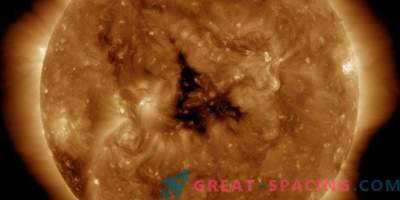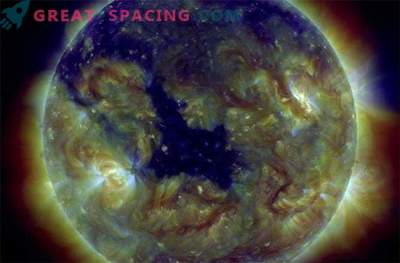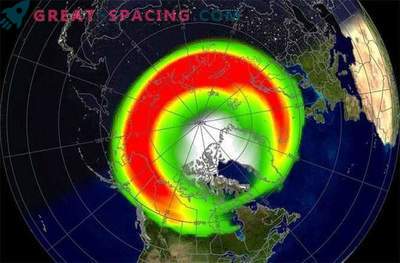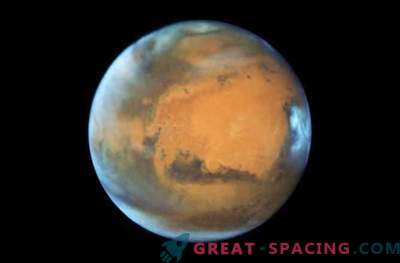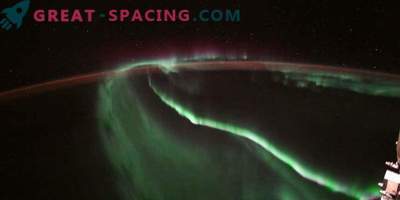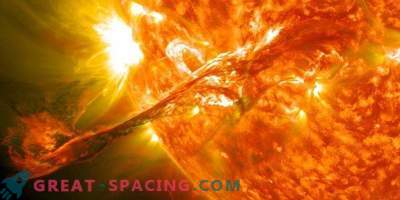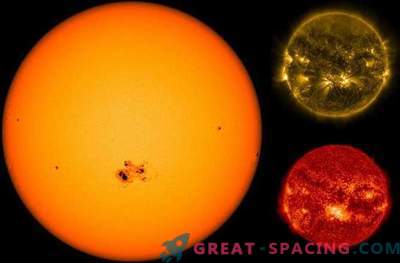
September 11, 2018 NASA Solar Dynamics Observatory received a snapshot of a giant hole (dark zone above) in the outer layer of the solar atmosphere (corona)
The aurora borealis from the native star intensified even more due to a large hole in the atmosphere. Weather data indicates that a moderate geomagnetic storm created the flickering aurora of September 11 that surprised residents south to Minnesota and Wisconsin.
This storm was caused by a particularly powerful and fast moving surge of the solar wind. We are talking about a stream of charged particles, constantly flowing from the star. They broke through a gaping hole in the outer atmospheric layer of the Sun (corona). The northern and southern lights appear when solar particles crash into molecules high in the earth's atmosphere. The magnetic field of the planet directs these particles to the poles, so the aurora is usually limited to high latitudes. But special circumstances, such as coronal holes or large-scale solar plasma explosions (coronal mass ejections), can increase the intensity and coverage of the light manifestation.
Now this geomagnetic storm has subsided, but there was a 70% chance that a small one would arise on September 12th. Perhaps some residents of the Midwest, New England and the Pacific Northwest will also have the opportunity to see the rare night shine.

